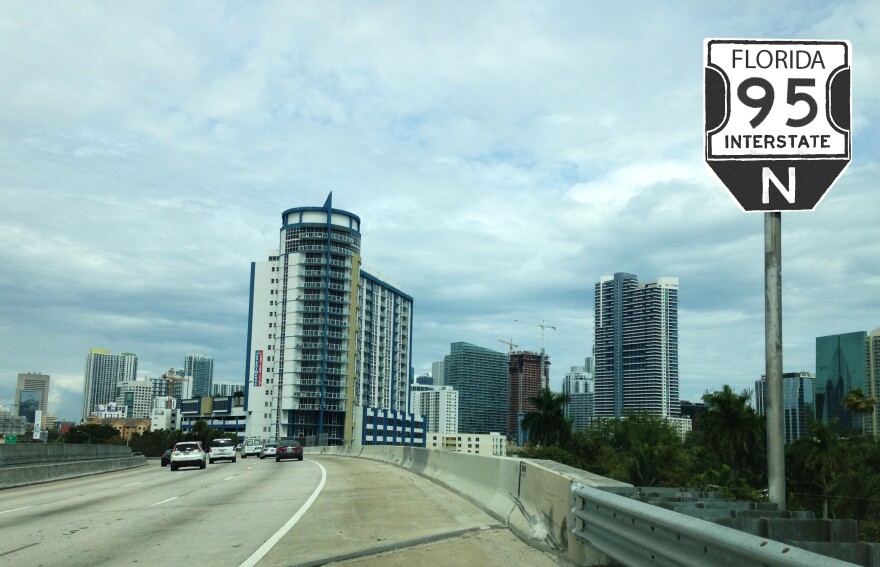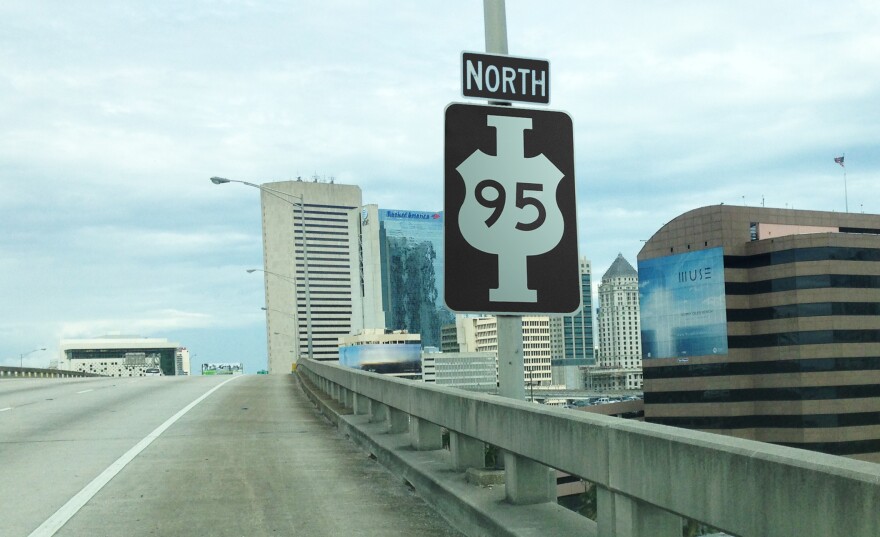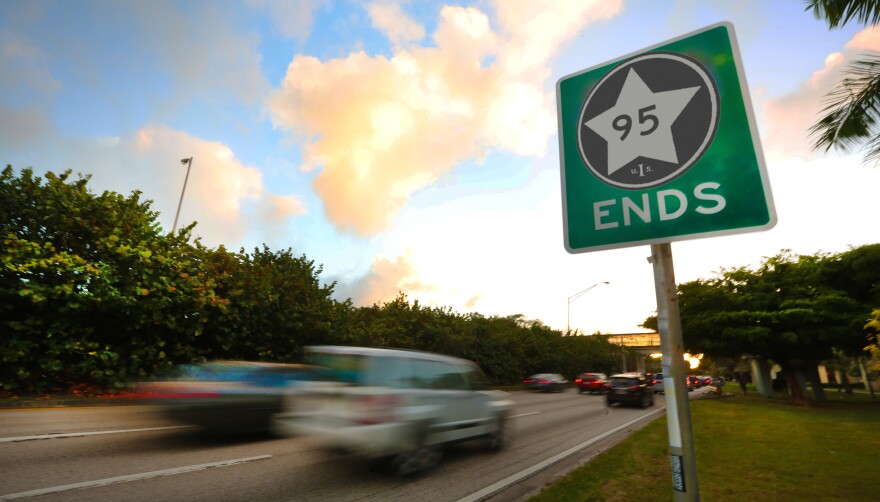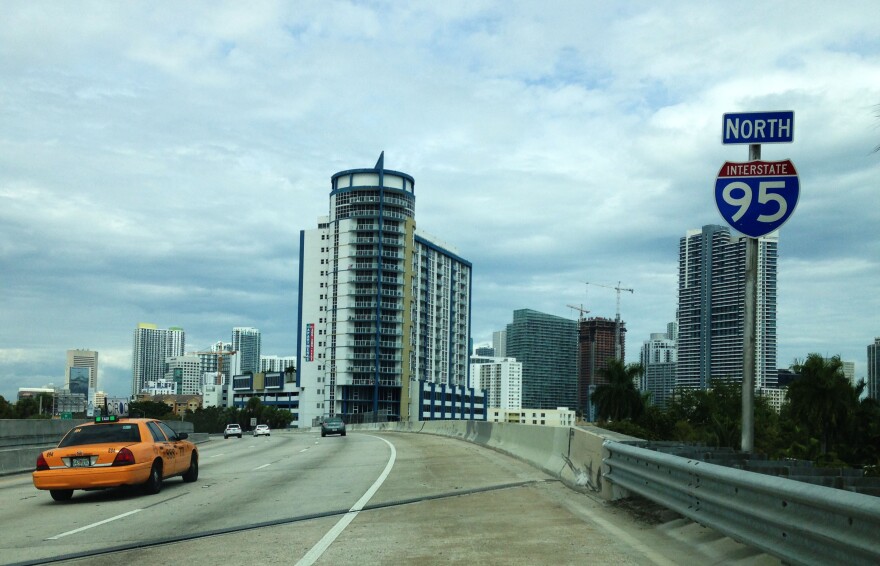If North Carolina had its way, the interstate system would look very different today.
Before President Dwight D. Eisenhower had even signed the Federal-Aid Highway Act of 1956, the American Association of State Highway Officials was discussing the need for “a distinctive interstate route marker.”
The U.S. Highway System already had the iconic shield you see along U.S. 1, AASHO decided the fledgling 40,000-mile superhighway needed its own brand.

And so began one of the most influential design competitions in U.S. history. AASHO (now AASHTO) asked its 48 member states for interstate symbol proposals. From sketches on napkins to full-metal signs, the states submitted a total of 76 designs.
“Admittedly [this one] looks like it had one too many lobsters,” said AASHTO historian Bob Cullen, examining a rather heavy-set letter "I" at the center of Maine’s design.
While most of the original submissions have been lost to history, Cullen was able to scrounge up a sampling of what might have been the signage for the Interstate Highway System.
Apparently it involved a lot of giant letter "I"s.
“Traffic engineers... are a practical lot,” said Cullen, explaining that many of the submissions, if not all, came from traffic engineers. “‘I’ -- of course -- for ‘interstate.’ That was how they’d make the distinction.”
There was the overweight "I" from Maine, of course. A skinny "I" from Texas that looked as if it swallowed -- and was choking on -- the U.S. highway shield. And then there was the North Carolina "I," which may not have proven the most legible design, but was unparalleled in its resemblance to a barber’s pole. (NC submission pictured at top of post.)

The more outside-the-box entries included an eagle design from Idaho that looked a lot like a "Game of Thrones" sigil and a number of signs with an outline of the contiguous United States, i.e. the only states at the time.
A submission from Texas traffic engineer Richard Oliver was ultimately selected, with slight modifications. According to “From Anywhere to Everywhere” -- a history of the interstate system in Texas, Oliver hadn’t even considered trying his hand at a design until his boss encouraged him to.
He picked a shield as a sign of federal authority, and submitted the plans in black and white because he didn’t know colors were allowed. (Luckily, the final red, white and blue design was precisely what Oliver would have done.)
It’s understandably difficult to imagine an alternate universe in which commuters curse and shake their fists at the sheriff’s star-shaped signs along I-95. After all, two in three Americans were born after the interstate.
To help show what the nation missed out on, we’ve photoshopped as many of the losing designs as we could find onto images of today's I-95. There isn’t a lot of information about these designs, so we’re leaving them in black and white unless, like with North Carolina, the design explicitly identifies a color scheme.






EDITORIAL NOTE: The original version of this story incorrectly referred to the United States' 48 contiguous states as the "continental United States."





